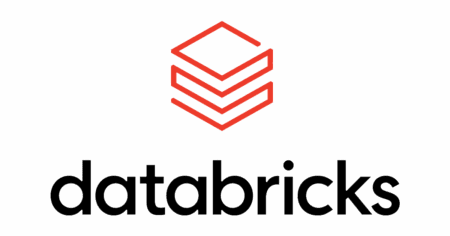CPM saves time and enables project managers to be more accurate when prioritising and monitoring tasks. Here we look at CPM in more detail.
Whether you’re just completing one of the many available project management courses, or you’re looking to start some PM training, the amount of different terms relating to the subject can be overwhelming. For this reason, we thought it would be helpful to provide you with a basic guide to a common PM technique; CPM. It is a step by step project management framework used for process planning. It enables the user to determine whether tasks are critical or noncritical and involves a goal or avoiding any process stops or timing issues. Projects that involve lots of different tasks, activities and needs which all run alongside each other in a complex way suit the use of CPM. This technique is useful for growing a small business or for well established companies equally.
When you use CPM there are detailed steps to use. For the purpose of this article we will summarise them as:
- Identify and log the tasks in order of priority
- Diagram how each tasks sits in relation to the other (a PM app would be useful for this)
- Identify critical relationships and non critical relationships in relation to the tasks
- Figure out how long each task will take to complete
- Figure out alternatives for the paths which are the most important
Where Does CPM Come From?
The mid 50’s saw the birth of CPM when it was created by somebody called DuPont for use in missile development projects. Following its creation it has been used in many different industries, particularly the IT and games design and development industry.
Why Is It Useful In My Project?
In any project you do, you might have many, many tasks that need completing, each with their own rules and intricacies. It can feel so difficult prioritising these tasks, but the tasks have to be prioritised because the result of missing the most critical task could be disastrous and ensure the failure of the whole project. CPM enables you to not only define these important tasks, but ensure you stay on track with completing them throughout the project. Realistically, CPM can help you:
Identify Your Priority Tasks
The process enables you to figure out which tasks need the most management. You can then also identify the effect on the project if any of these tasks do not complete on deadline.
Save Time
Because of the analytical process involved in identifying priority tasks, time can easily be saved because you can recognise which tasks will take less time to complete than initially estimated. You basically get a more detailed look at your project’s timeline, which is invaluable.
Enables You To Compare The Project Plan With The Project Reality
The CPM method enables you to track the schedule process properly. There are no estimations or old schedules. The results of what is actually happening pitted against the original plan will result in a visual updated timeline and ability to compare the true progress of the project.
To Conclude
There is a lot more to be learnt about the CPM, which can be done with some reading of the many books on the process. You could also consider some project management courses which tackle this invaluable methodology.




